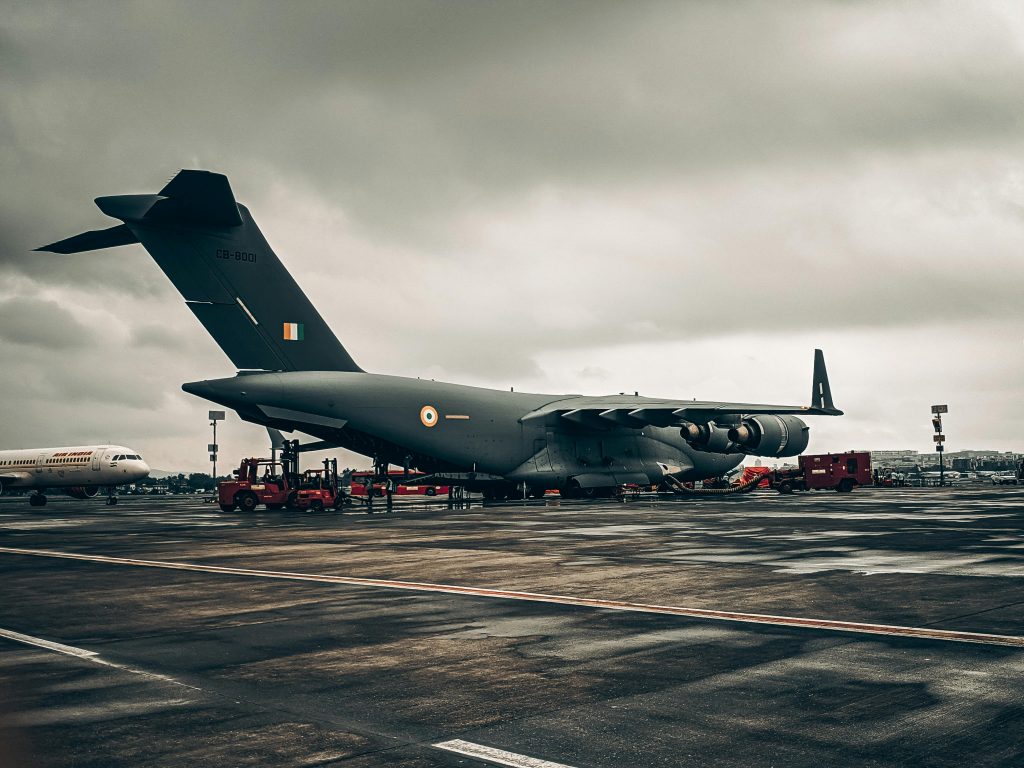
Image by Sagar Waghela on PEXELS
In a chaotic region like South Asia, strategic stability is exclusively reliant on a consistent deterrence equation between adversaries. India has been investing much in modernizing and upgrading its military posture. It has spent billions of dollars in recent years to purchase the latest fighter jets, cruisers, missiles, submarines, and other heavy military equipment, making it the world’s largest weapons importer.
Pakistan, on the other hand, is obligated to take essential measures to counter any Indian misadventure, secure its mainland from Indian aggression, and avoid all-out wars with India without engaging in an expensive arms race. Pakistan’s nuclear capability has played a critical role in sustaining the deterrence equation against militarily superior India, in this regard.
Nuclear deterrence in South Asia has been unfortunately challenged due to remarkable changes in India’s security posture over time. India’s military posturing is built on the perception of “strategic fear” emanating from Pakistan. Ironically, China was not considered as a threat when India’s nuclear programme began. It was the prestige factor that pushed India to follow the nuclear path. There was no imminent nuclear threat to India when it embarked upon nuclear journey.
In response to India’s hegemonic ambitions, Pakistan had to raise well-equipped military to provide an effective deterrence. The Indian notion of war below the nuclear threshold has adversely affected the strategic stability of the South Asian region, leading to a never-ending arms race. India’s aggressive plans have shifted the power balance in India’s favour, which must be acknowledged before the gap worsens. To counter India’s increasing threats, Pakistan will have to upgrade both its military and nuclear capabilities.
India continues to pose the risk of false flag operation as a result of territorial conflicts such as Kashmir, and the hostility in bilateral relations remains deep. As a result, the risk of a nuclear war in South Asia is substantially higher than anywhere else on the planet. However, unlike in the past, any future conflict between the two countries, no matter how little, will have the potential to escalate into nuclear brinkmanship.
Pakistan’s nuclear deterrence is based on Credible Minimum Deterrence, and the country has successfully maintained nuclear deterrence against far larger adversary, India, without engaging in an arms race.
Pakistan is not oblivious to the region’s developing security dynamics. Pakistan is well aware of the regional implications of the Indian strategic cooperation with western countries, as well as their impact on the South Asian environment. Apparently, the Indo-US strategic alignments are aimed against China, but in reality, Pakistan would be most affected. A route towards an endless arms race in the region under the BJP government will be costly for India and its negative consequences will jolt New Delhi’s warmongering caucus sooner or later.



